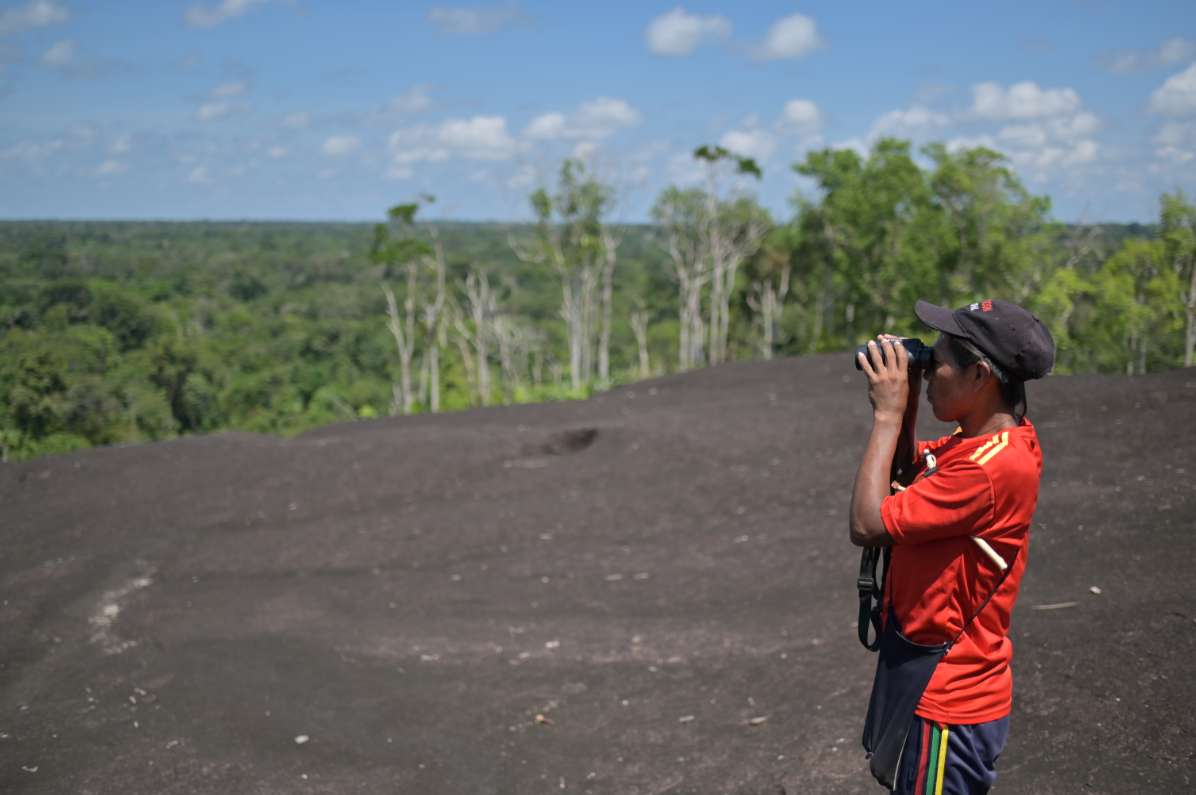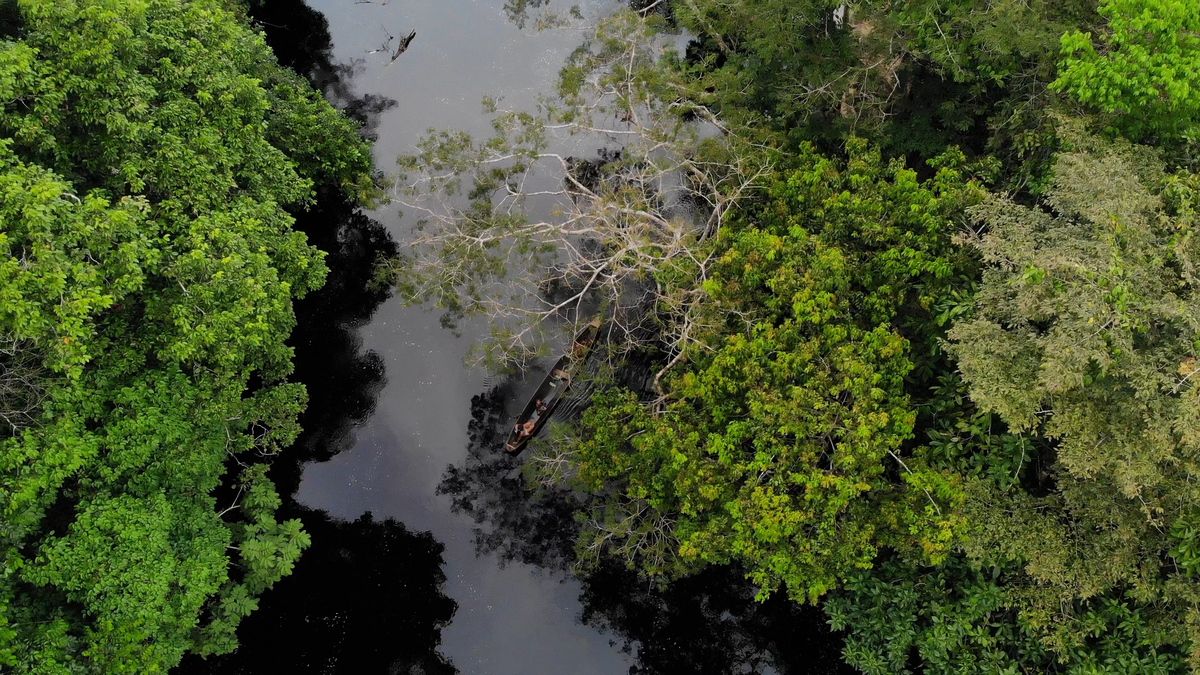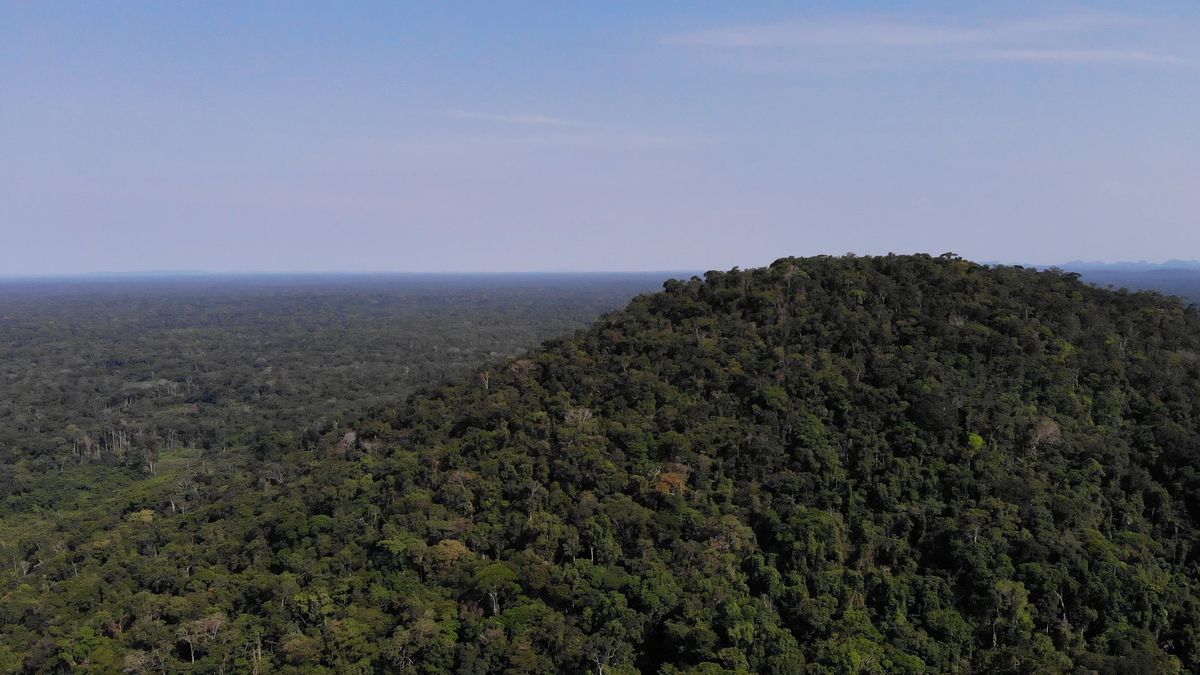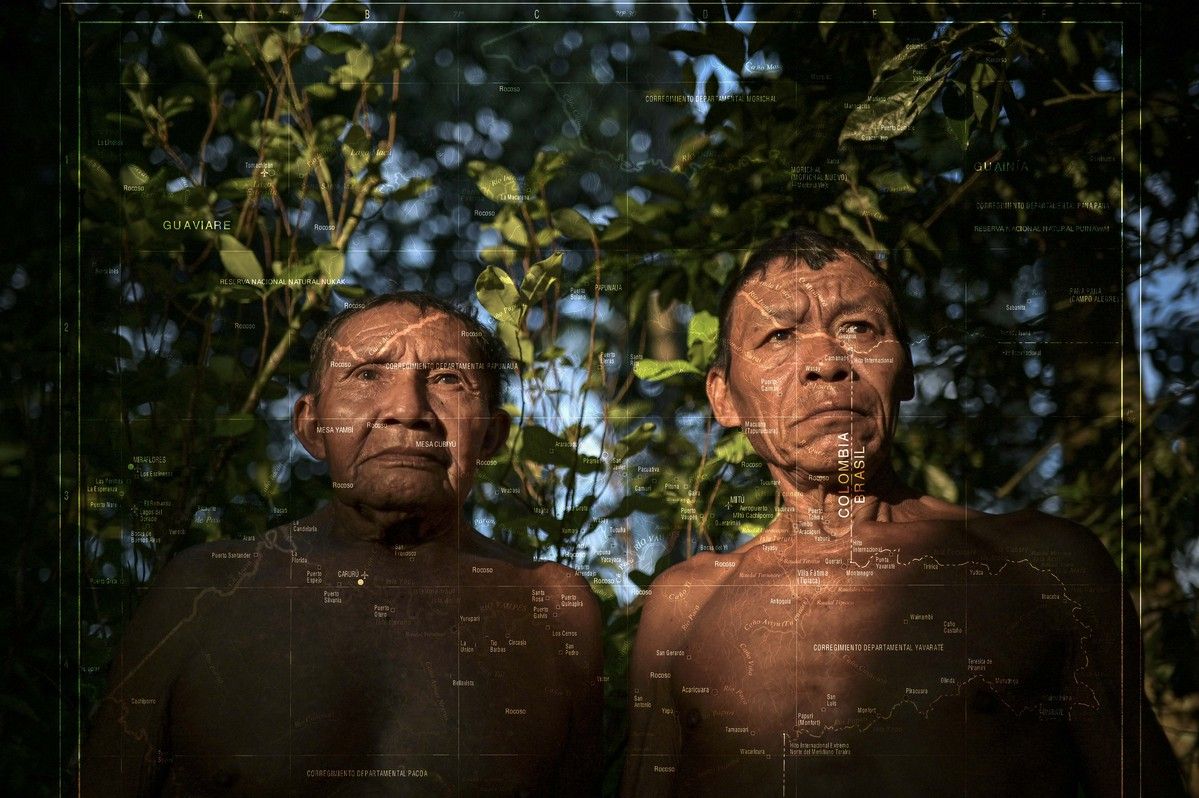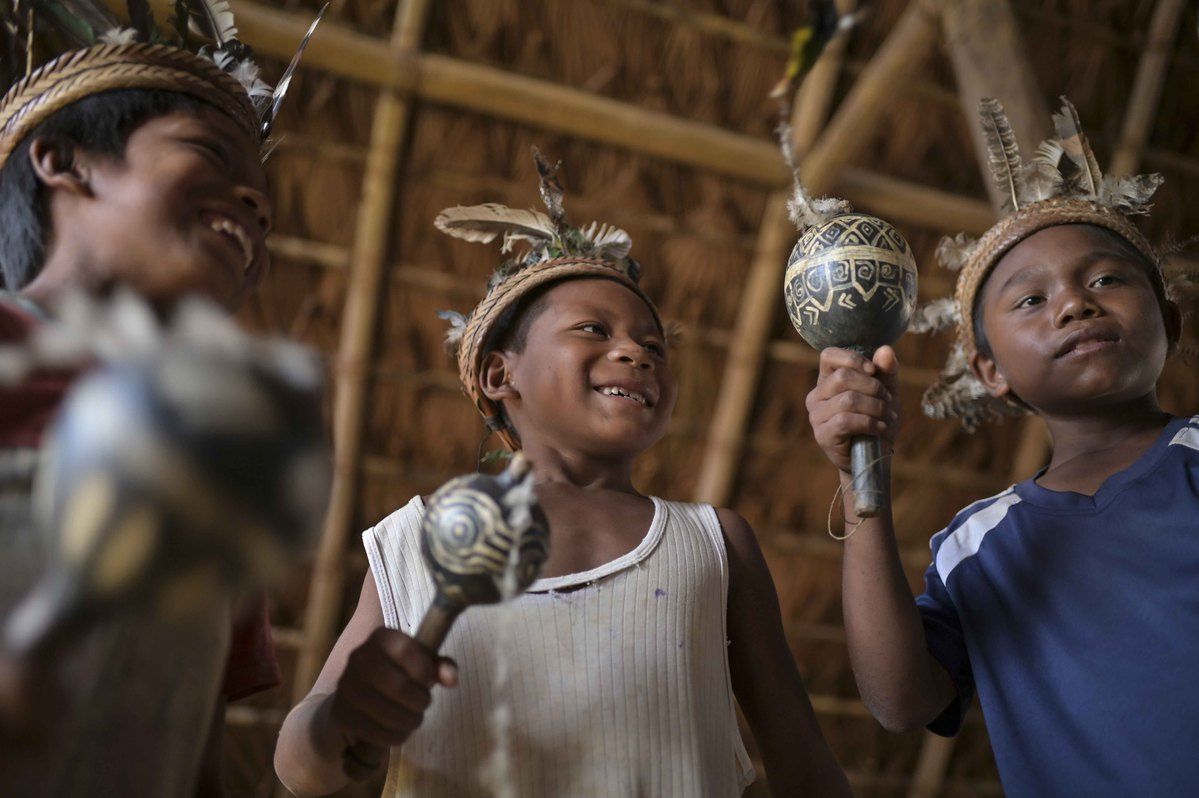Deep in the jungles of Vaupés, in the Colombian Amazon, a group of Indigenous people holds to their prayers and beliefs to protect themselves from mining. A mining concession granted for 30 years for the exploitation of coltan, also known in Spanish as “tierras negras” (black soil), has three communities living in uncertainty: their leaders have been threatened, the right to prior consultation has been disrespected and, despite the population’s opposition to the entrance of the miners, the interest of extracting natural resources from an ancestral territory remains.
A handful of Indigenous guardians keep an eye on the jungle, hoping to prevent one of the recurring tragedies that the grandfathers see in their dreams: the destruction of their “sacred houses," the hills. A young man, a community leader, remembers the day when their peace was broken after learning that their territory was offered for concession (that is, lent) for 30 years to extract coltan. Coltan is one of the scarcest and, therefore, minerals most valued by the great technological industries around the world for manufacturing cellphones, computers, and electronic devices. The Democratic Republic of Congo in Africa is the country with the most reserves of this mineral, considered the new ‘black or blue gold." In Latin America, Venezuela and Colombia have coltan mines.
Agenda Propia, with the support of the Rainforest Journalism Fund, and in association with the Pulitzer Center, went to the heart of the Vaupés jungles, in the southeast of Colombia and border region with Brazil, to walk one of the Amazon territories that foreign companies have targeted for coltan exploitation, that precious combination of columbita and tantalite metals, also known as black earth in Colombia.
The special multimedia report “Sacred hills defenders” brings together stories that are the living portrait of the inhabitants of Timbó de Betania, Bogotá Cachivera and Murutinga. Their leaders insist that the right to prior consultation was disrespected because those who obtained the concession did not speak to all the inhabitants of the three communities, and exploratory studies would have been carried out deceptively. Indigenous communities fear that the arrival of the mining company will contaminate their rivers and cause deterioration to their sacred sites: their hills, springs, and “los salados” (a type of wetland linked to a specific local flora with a concentration of minerals in its soil).
In total, 2.004,08 of the 3.896.190 hectares of the Vaupés Indigenous Reserve were concessioned to the mining company. According to the records of the National Mining Agency (ANM by its acronym in Spanish), the mining title is already in force.
The license granted covers an area inhabited by indigenous people from the Desanos, Guananos, Sirianos, Cubeos, Tucanos, Tuyucas and Barás ethnicities. All these communities depend on fishing, hunting and gathering fruits from the jungle for their survival.
Through their stories, knowledge, fears and messages of hope, indigenous men, women, boys and girls resist becoming silent victims of extractive projects, and they hope that the legal procedures for the mineral exploitation phase do not advance. Their message is loud and clear: They reject all kinds of mining in their territories.
Click here to see the Special Multimedia Report (in Spanish) by grantee Edilma Prada Céspedes, Agenda Propia.
This special can also be viewed on Ojo Público, Cuestión Pública, Connectas, and Datasketch.


